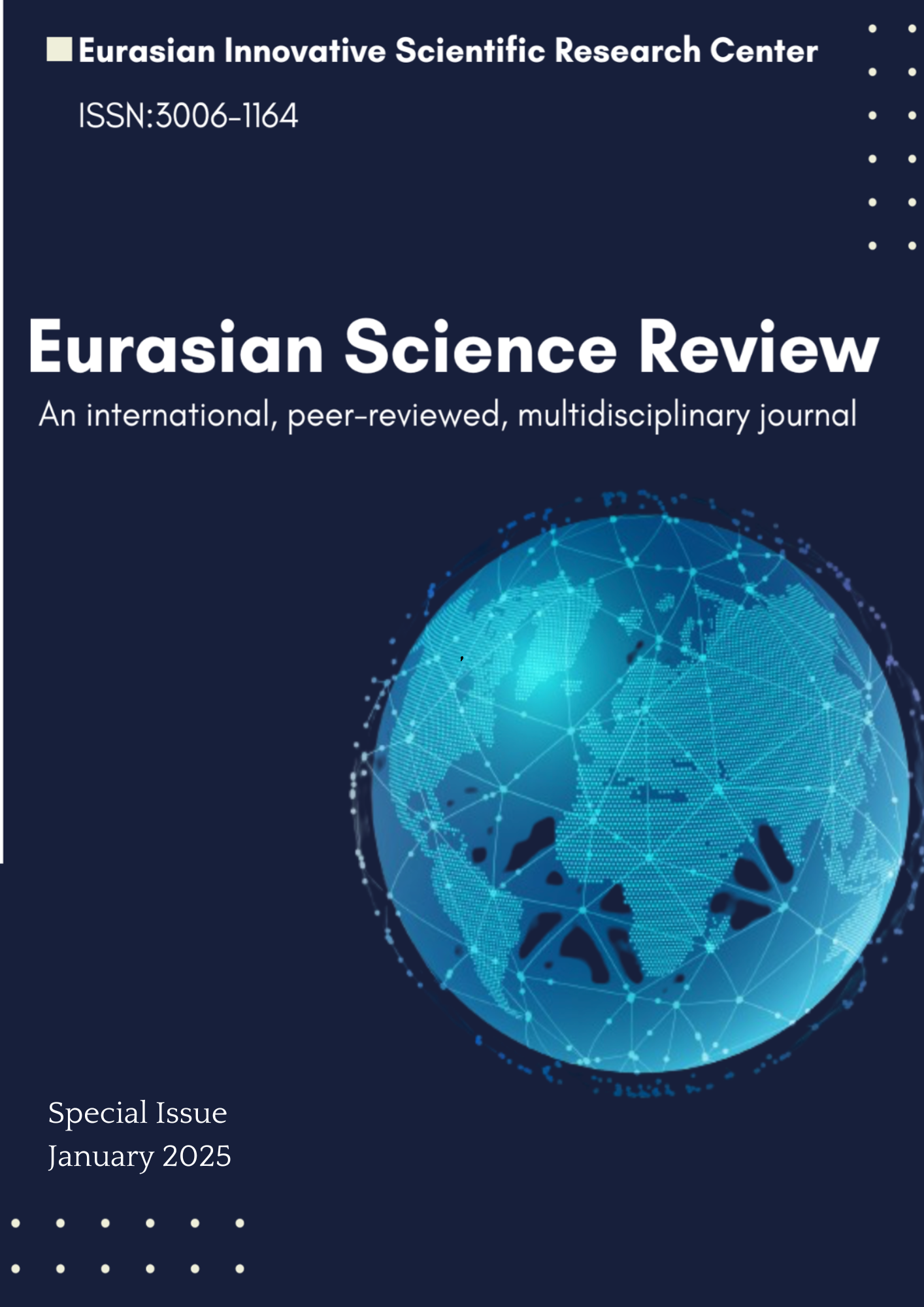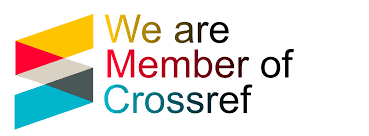Genetic Engineering and the CRISPR-Cas9 System: Precise Genome Editing
DOI:
https://doi.org/10.63034/esr-454Keywords:
Genetic engineering, CRISPR-Cas9, genome editing, DNA, biotechnology, genetic modification, ethics, law, applied geneticsAbstract
The article provides a comprehensive overview of the CRISPR-Cas9 system—one of the most significant breakthroughs in modern biotechnology—and its role in precise genome editing. CRISPR-Cas9 is a powerful molecular tool that allows targeted manipulation of genetic material, enabling the modification of specific DNA sequences. Its efficiency and simplicity have made it widely applicable in scientific research, agriculture, medicine, and the treatment of genetic diseases.
The paper describes the working mechanism of the CRISPR-Cas9 system, its advantages and limitations, as well as potential risks associated with human genome editing. Ethical and legal aspects of using this technology are also discussed. While genome editing holds great promise for curing many diseases in the future, it is important to recognize the possible negative consequences. Debates within the scientific community around these issues are ongoing. The report emphasizes the importance of using this technology safely and responsibly.
References
Kuandykov, A. S. (2021). Fundamentals of Genetics and Biotechnology. Almaty: Kazakh University Press.
Mukhambetova, Zh. B. (2021). Genetic Engineering and Its Medical Applications. Astana: Foliant.
Sagyndykov, M. T. (2019). Modern Technologies in Biology: Applications of the CRISPR System. Almaty: Ana Tili.
Belyaev, D. K. (2020). Genetic Editing: CRISPR-Cas9 and the Future of Science. Saint Petersburg: Nauka.
Petrov, A. V. (2021). Molecular Biology and Genetics: Modern Approaches. Novosibirsk: Siberian University Publishing.
Downloads
Published
How to Cite
Issue
Section
Categories
License
Copyright (c) 2025 Abdullayeva Aliya Bolatbekovna

This work is licensed under a Creative Commons Attribution 4.0 International License.





